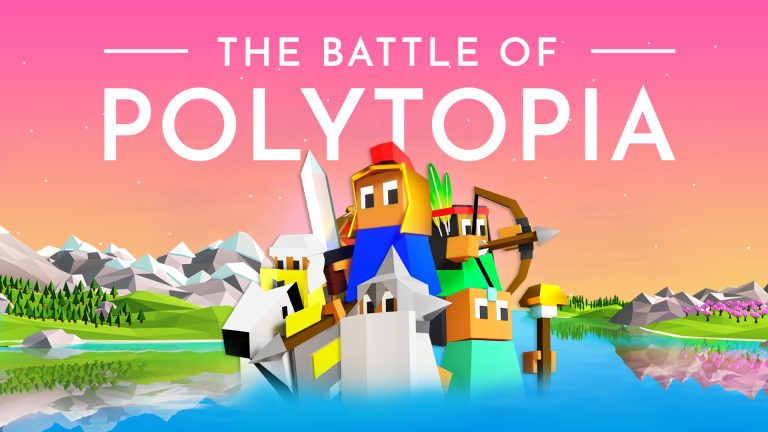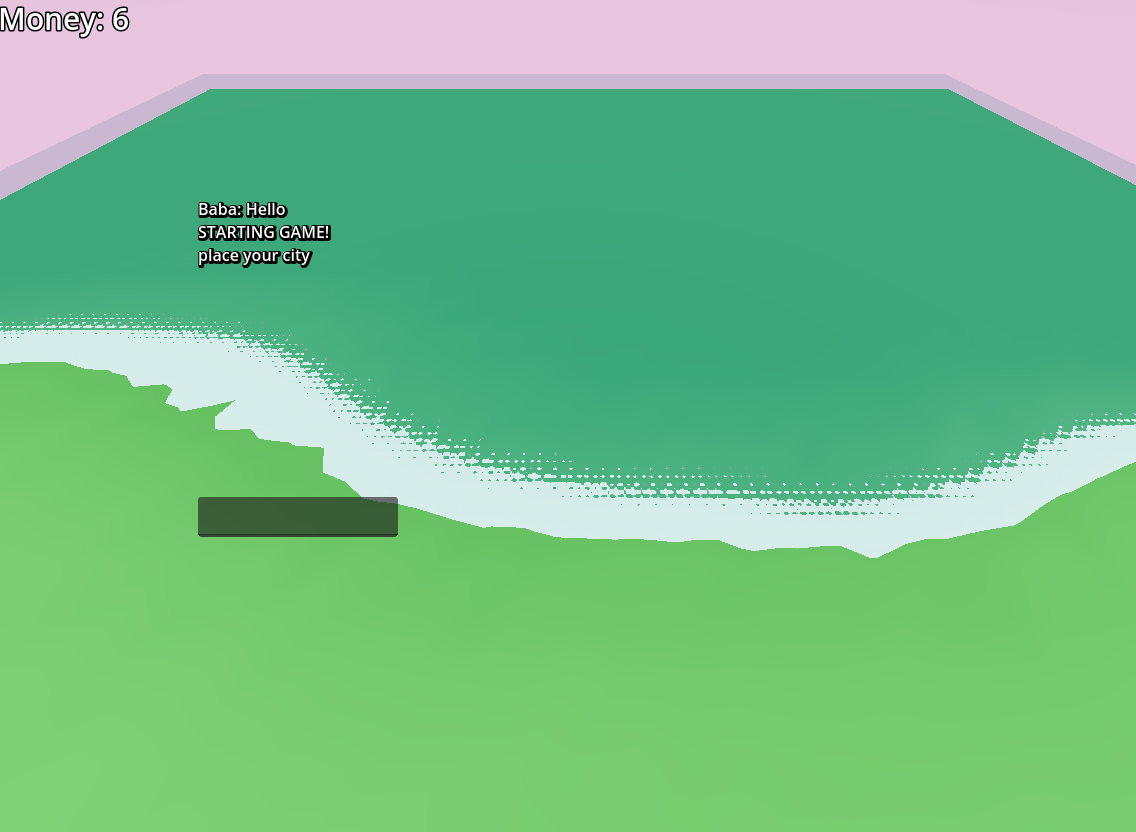Multiplayer strategy game built with Godot, Rust & Tokio
Summer 2023 ~ @TitouanCh
In the summer of 2023, I tried my hand at making a "sequel" to the game Polytopia to learn how multiplayer games worked. I created server code in rust and built the client in godot.
Introduction
In the summer of 2023, me and my friends spent a great deal of time on a turn based strategy game called "Polytopia".

Marketing image of the game Polytopia that inspired me
Spending all that time on this game gave me the motivation to have some fun and try to create my own online game in hopes of learning some things along the way. Emboldened by a bit of hubris, I named my project "Polytopia II" and dived headfirst into development.
Tool choice
I decided to use the Godot game engine to build the client. It's a game engine I'm intimately familiar with, having used it extensively for game jams and various unfinished projects over the years.
As for the backend, I decided to do all the server code in Rust using the async library tokio. When I started the project, I didn't have a lot of experience with the Rust programming langage but I knew it was something I wanted to try out at some point. It didn't take long for me to get acustomed to the way Rust is written but it did take me some time to understand the intricacies of async & tokio: I rewrote the entire server code several times.
Building the client
Building the client and rendering portion of the project was the more creative part of the project. I fully utilized my knowledge of shaders and my experience of the Godot engine to create a performant yet beautiful (at least in my opinion) game world.

Simple terrain rendered by the godot client
I worked on a terrain and water renderer, and a way to efficiently render lots of units and towns on the map. I also built some UI to login and connect to lobbies.
Server-side
Building the server code was a lot more challenging. Believe it or not, I initially started building it in NodeJS but quickly switched to Rust as I found it more lightweight and easier to prototype in considering my machine wasn't very powerful. After a lot of effort, I managed to build a functional server, that let's user choose a username, chat with others, join lobbies and create villages in the game. The server keeps tracks of all the games and is able to have many games going on at once thanks to the power of async.
Showcase of the chat system
Showcase of the lobby system
Lessons learned
As the project expanded, I realized the scope of what I was trying to achieve. With just myself working on the game, it became clear that bringing the full vision to life would take years. Eventually, I decided to put the project on hold as I wanted to pursue other interests.
There was also a lot disputable decisions and mistakes made when building the interface between the server and client. Client and server would exclusively talk using the tcp protocol, which could be slow if I wanted some more realtime actions in the game. I also manually encoded different types of packets and wrote custom code to serialize data, when in hindsight, using a JSON serializer would have been far more efficient.
Conclusion
Building "Polytopia II" was a deeply rewarding journey. Although the project remains unfinished, it was an incredible learning opportunity, I walked away with lots of new skills, and had greater appreciation for async programming.
You can find a link to the project on github here.
